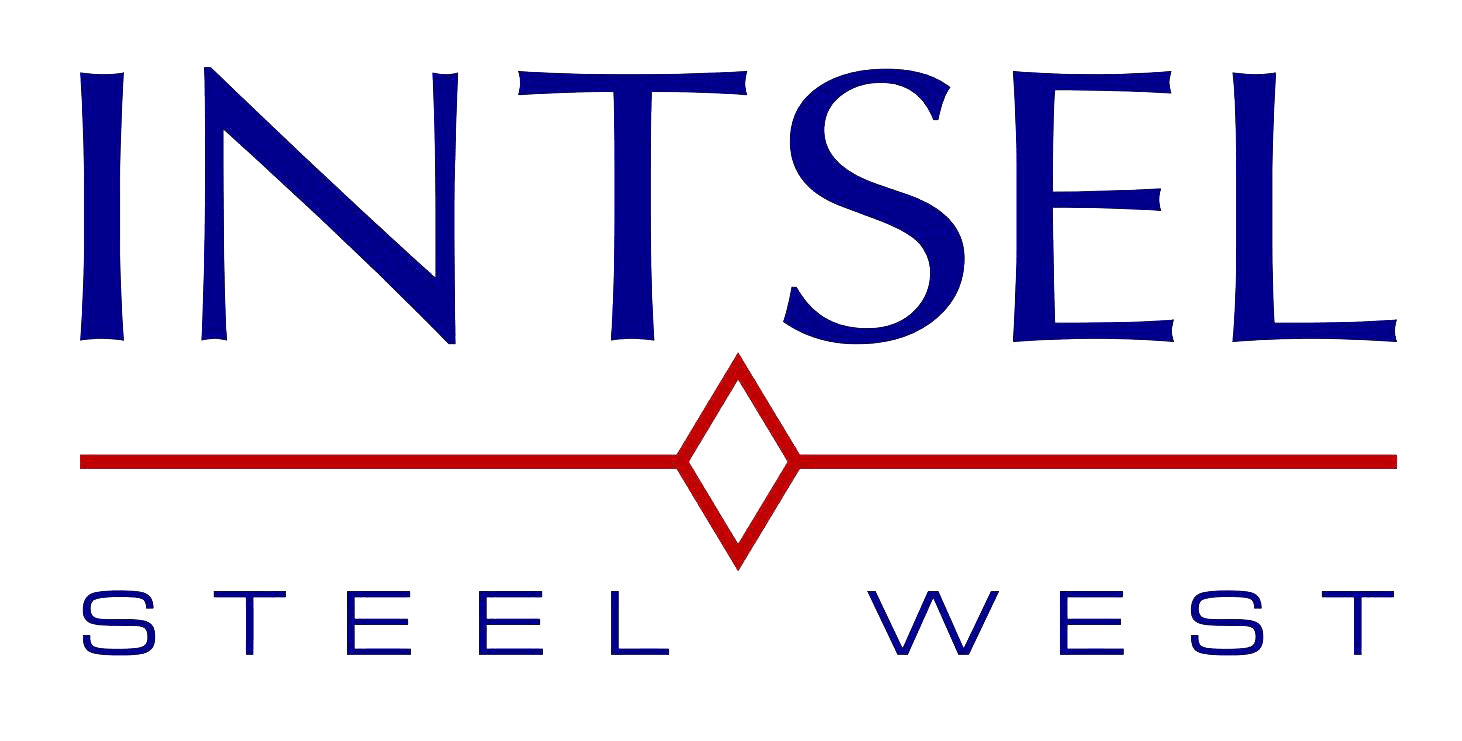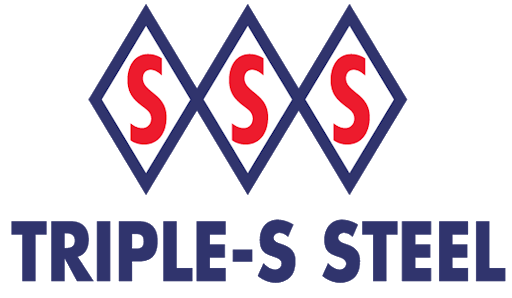



As of October 30th, 2021, roughly 78,879,000 net tons of steel have been produced in the United States. Due to its many uses and advantages, steel is one of the world’s most common materials in a number of industries.
When looking at steel for a job, there are a wide number of options available. It is important to understand the best type of steel for a job. That is just what this steel grade guide is for. Among the different steels available, ASTM A36 steel is one of the most popular. To find out more about this type, keep on reading.
ASTM A36 steel is one of the most commonly used low-carbon steels on the planet. It is worth noting that low carbon steels generally have a carbon content of 0.25% or less – A36 steel has up to 0.29% carbon.
A36 steel has the following chemical composition:
This chemical composition is what gives A36 steel its specific properties. Most AISI grades (eg. 1018, 4140, 1141, etc.) are based on the chemical composition of the steel. ASTM A36 steel differs here in that it is designated by its mechanical properties.
There are many reasons A36 steel is such a popular choice. Perhaps the main advantage is the ductility. A trait of low carbon steels, this makes it very easy to machine and weld. This flexibility means it is very easy to make specified and complex parts.
A36 grading specifies that the steel must have minimum yield strength of 36,000 pounds per square inch. This is the most important specification of this steel when it comes to the A36 grading. It can withstand this much pressure while not experiencing more than 0.2% deviation of its shape.
These two attributes together mean that the impact strength at room temperature is very high. A36 steel is therefore very resistant to damage such as fractures. Another key advantage is the cost. A36 steel is inexpensive to produce and is also easily recyclable.
There are many different steel options on the market. One of the most common types of steel that is preferable over A36 is 1018 steel.
The chemical composition of 1018 steel is quite similar to A36, but the mechanical properties differ to a degree. Both types can be hot rolled or cold drawn, but it is most common for A36 to be hot rolled, and for 1081 to be cold drawn. Because of this, it is common for 1018 to have a higher tensile strength than A36 (63,000 psi and 58,000 psi respectively). The same goes for the yield strength (53,700 psi and 36,300 psi).
A36 steel is easier to weld through standard methods and is easier to bend than 1086 due to the lower yield strength. 1086 is generally used instead of A36 when machining is required, such as high volume machine parts (eg. pins, shafts, rods, etc.). A36 is the primary choice for parts used in the construction industry. It is very common as a part of bridges, buildings, oil rigs, and railroads.
Hot rolling requires less time and labor than cold drawing. It is, therefore, faster and cheaper to produce hot rolled A36 steel. The hot rolling process does give a less desirable finish to the steel, so if that is an essential component it can be a factor when deciding. If the surface finish is not a concern then hot rolled A36 will often be the better choice.
Besides carbon steel, there are 3 other main types of steel available:
One of the main characteristics of stainless steel is its distinctive finish. This is due to the addition of chromium. It also gives stainless steel improved corrosion and rust resistance. The desirable finish makes it a common choice for kitchen appliances. It is also often used for medical equipment.
Alloy steel covers a wide number of steels, with varying alloying elements used to give specific characteristics. Such examples are silicon for its magnetic properties. This is often used to produce magnets in electrical transformers. Aluminum is another element that makes the steel lighter and easier to work. Ideal for power generators and exhaust systems.
Tool steel is tempered to make it extremely hard and heat resistant. Used when the metal may be in high-impact environments or experience extreme temperatures. There are several types of tool steel that are produced in different ways. Different methods are used for different characteristics. The steel may need to be more heat resistant, wear-resistant, or impact-resistant for example. Different desirable traits can be achieved to make tools suitable for certain tasks or environments.
These other steels can be a better choice when such specific requirements need to be met. For more common applications, however, A36 steel will usually be completely sufficient and will be much cheaper.
The most common uses of A36 steel are in the construction industry. Buildings and bridges will often be made using A36 due to its strength and toughness, while still being a very cost-effective material. It is an excellent choice for bolted and welded structures. A36 steel is also very common in the automotive, heavy equipment, and oil/gas industries.
A large number of mechanical parts are often made from A36 steel including, but not limited to the following:
Intsel Steel West is ready and capable to cover all of your ASTM A36 steel requirements. Next-day delivery is available all over the Western United States. Click here to contact us and let us know what you need!